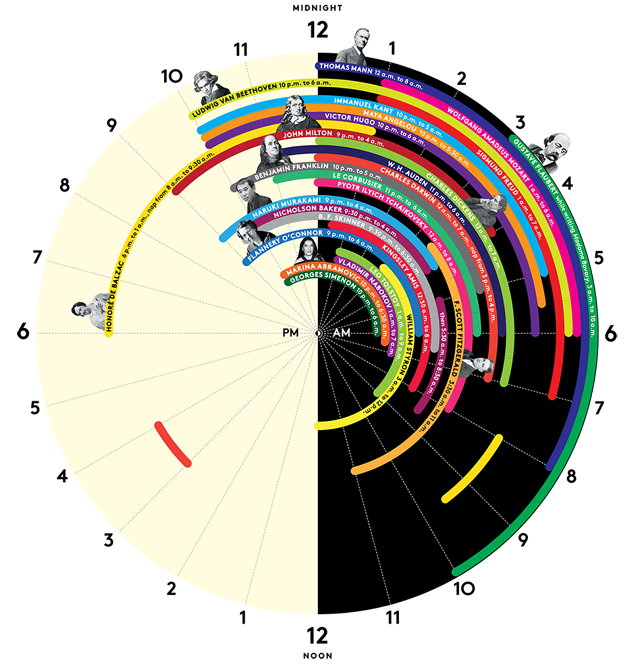Since data visualization is a powerful tool and we all like to see our curiosities about some topics into a visual reality. I wanted to explore data available on social media. Social media has proved itself very influential in one’s life, politics, entertainment, media, economy, terrorism, e.t.c. While exploring on some interesting charts, this one caught my eye as it looked very beautiful to me and instantly because of these vibrant color, I was able to relate it to Social Networking because it totally illusion a so-called “COOL” factor. But think of these marketing managers who are striving hard to beat their competitive companies and cutting out budgets for deciding an appropriate campaign for such big industry.
http://visual.ly/global-map-social-networking-2011
About the chart:
This chart on visually is actually showing results from analysis of behavioral data which was gathered through some detailed questions to differentiate among users basis on how they use Social Networking. This dashboard is published by Global web index who collected number(millions) of active social networkers from all markets(Countries worldwide) and segmented them into three categories. It differentiates users on how they use social media among 3 categories below:
1. Messages and mailers
2. Content Sharers
3. Joiners and creators of groups
The chart shows a global map of social media usage in 2011, which could help marketing managers to make strategies accordingly for different markets as the each market has users who use it differently, Author quotes an example of established markets US/UK whose users are more focused on messages instead of content sharing unlike growing markets like Indonesia/China whose users are more focused on content sharing and groups.
Why the chart is winsome:
1. A very important feature of this chart is its objective, which is fully justified from the dashboard. The designer has tried to fully justify the need for a marketing manager. Moreover, the use of a world map gives a whole view of the solution and here I mean by this additional bar chart showing global social network penetration. This bar chart enables us to easily figure out the potential of active users in each country and we can simply locate the target.
2. This Dashboard is beautiful to my eyes as it is not very clumsy and complex to understand. In addition to it, the author has used good colors to catch audience eyes. Use of horizontal bars to compare three categories is also very visionary as this makes the comparison easier.
3. However, the chart is not explaining the reason of how this is affected but it could be easily used as the prescription to figure out the potential of users.The chart enlightens me on how the usage could be differed and can make an impact as most of us use social networking regardless of thinking what exactly we are using or how we are using it.
Why the chart is off-putting:
1. As my first impression of the chart was a beautiful world map, I instantly assume that the circles representing each country are located on their actual location. However, this is deceptive here!
India, HongKong, France e.t.c. are not at their place which arises a question on the need of a world map chart.
2. Even the size of the circles is misleading, I presumed that the circle size is related to the market establishment/market size but it is the number of active users which made me feel that this information is presented redundantly. There is no information which can talk or compare the market establishment as the author mentioned in his statement.
What do I want to change in this chart:
1. I feel that circles must represent the market establishment (e.g. for US/UK) so that the audience can potentially mark the growing markets which are a very important metrics for marketing people.
2. Also, I would prefer a bar chart showing countries on Y axis with three horizontal bars comparable among each other and also with other countries. For example, a direct comparison among mailers category between China and Malaysia would be easier that way.
3. Although, we just started the course in the dashboard but I would like to have interactive charts for such cases which could be more insightful and could use filters to focus on certain metrics separately to catch more attention from audiences.
References:
http://visual.ly/global-map-social-networking-2011






